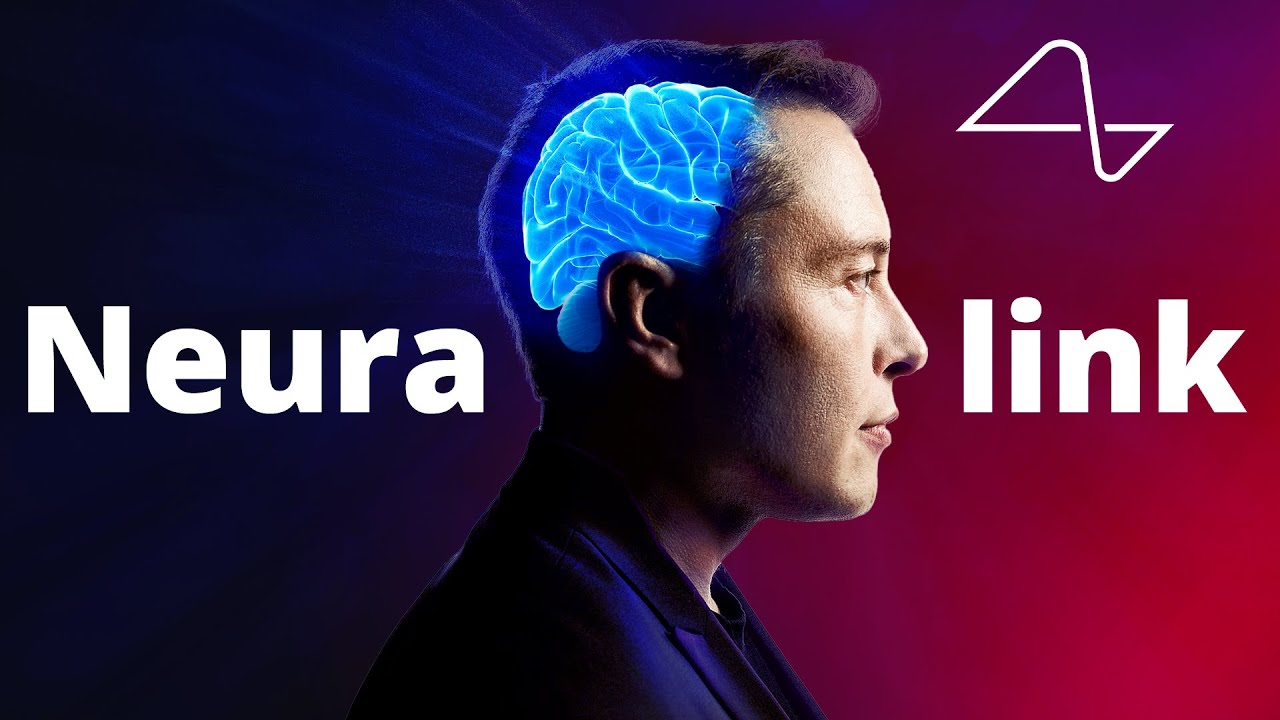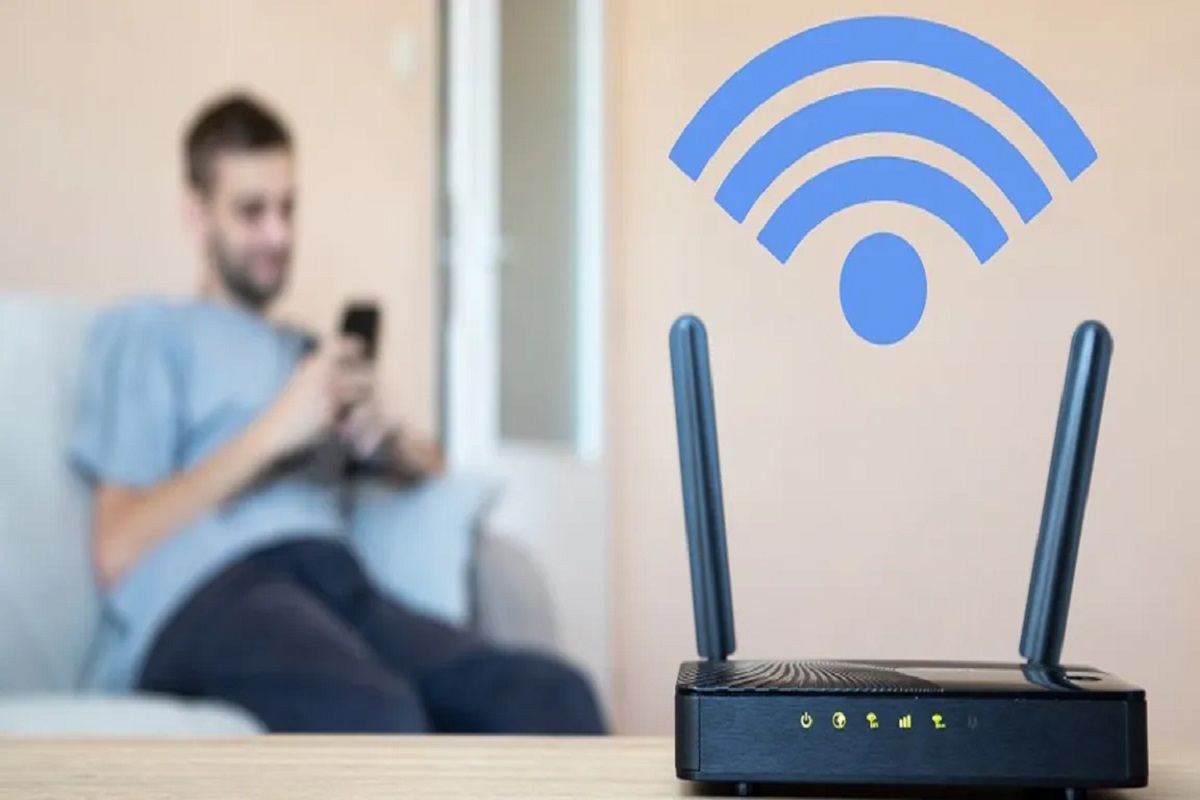Technology has reached new heights with the connection between the human brain and machines. A company called Neuralink Corporation, led by Elon Musk, has achieved this feat by implanting a coin-shaped device into a person’s head.

Elon Musk recently confirmed this groundbreaking news through social media, announcing the successful implantation of a chipset into a human brain for the first time. He also shared that the individual who underwent the procedure is on the path to recovery.
Neuralink’s primary objective is to establish a closer interface between the human brain and computers. Previously, the company conducted experiments involving the implantation of chipsets in the brains of monkeys.
The company envisions that this technology will be beneficial for individuals who have experienced cognitive decline or suffer from brain-related impairments. Neuralink aims to provide solutions for conditions like blindness from birth through their neurotechnology device, which translates nerve signals into data.
By facilitating the conversion of nerve signals into data, Neuralink’s device holds the potential to enhance communication for people with disabilities, making it more accessible for them to interact with mainstream society. The company began experimental trials with regulatory approval in 2020, marking significant progress in the field of neurotechnology.
Additionally, Neuralink is exploring the possibility of implanting chipsets into the spinal cords of individuals suffering from paralysis. Through this initiative, the company aims to conduct tests on nerve functionality, offering hope for those affected by paralysis.
With ongoing advancements and research, the Neuralink device is poised to unveil more groundbreaking innovations in the future, holding promise for further improvements in human-machine interfaces and medical treatments.
